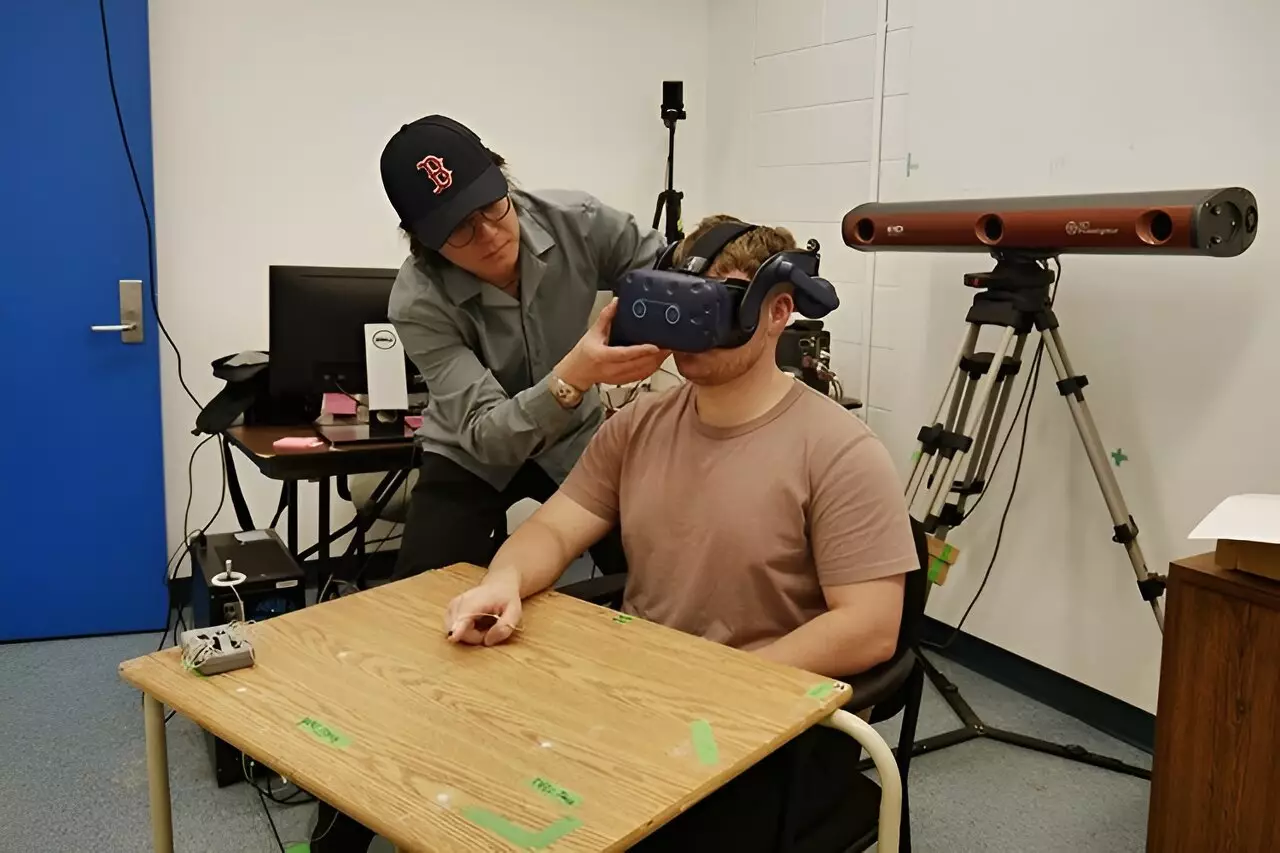Virtual and augmented reality (VR and AR) technologies have gained popularity in various industries for training purposes. A recent study conducted by researchers at the University of Toronto delved into how the use of VR and AR can change individuals’ perception and interaction with the real world. The findings shed light on the potential implications of these technologies on everyday physical tasks and skill development.
The study revealed intriguing results regarding movement patterns in VR and AR environments. Participants who engaged in VR tended to undershoot their targets, while those in AR tended to overshoot their targets. This discrepancy led to temporary errors in movement in the real world immediately after using VR or AR. However, the effects gradually dissipated as participants readjusted to real-world conditions.
One surprising finding was the transfer of movement patterns from VR and AR to real-world movements. This suggests that the way individuals adapt to digital environments can affect how accurately they perform physical tasks in the real world. Additionally, the study highlighted the quicker readjustment to real-world conditions after using AR compared to VR. The ability to see and interact with actual surroundings in AR may contribute to a more accurate sense of depth and distance.
The researchers emphasized the importance of understanding the limitations and effects of VR and AR on real-world performance, especially in industries where these technologies are utilized for skill development. The potential challenge lies in transferring skills learned in VR or AR to practical applications. This could have significant implications for professions like surgeons, pilots, and even everyday activities such as driving.
Moving forward, the researchers plan to explore how different types of VR and AR experiences, such as complex or immersive scenarios, impact real-world performance. They also aim to investigate the influence of training duration and individual differences, such as prior experience with these technologies, on adaptation and readjustment. Understanding these factors will aid in designing VR and AR systems that minimize negative after-effects and maximize their potential for training and skill development.
The study provides valuable insights into the effects of VR and AR on real-world movement and performance. By unraveling how these technologies influence everyday physical tasks, the research contributes to the effective and safe utilization of VR and AR in various industries. As technology continues to advance, it is essential to comprehend the impact of VR and AR on human behavior and skill development for optimal integration in training programs and professional settings.


Leave a Reply